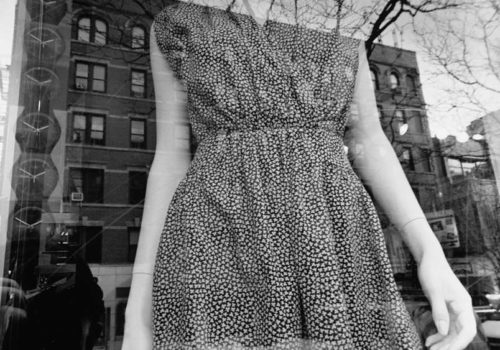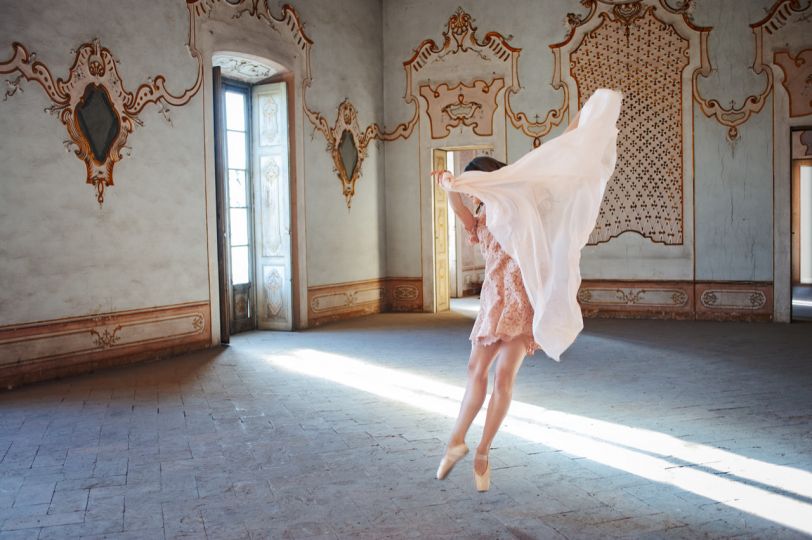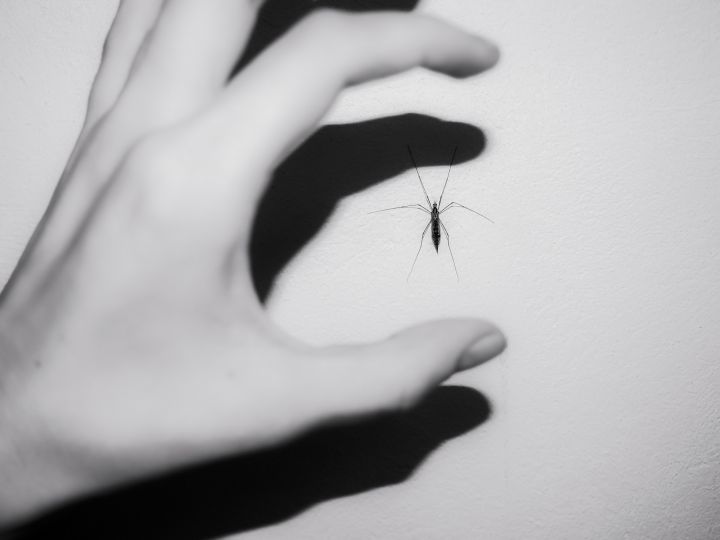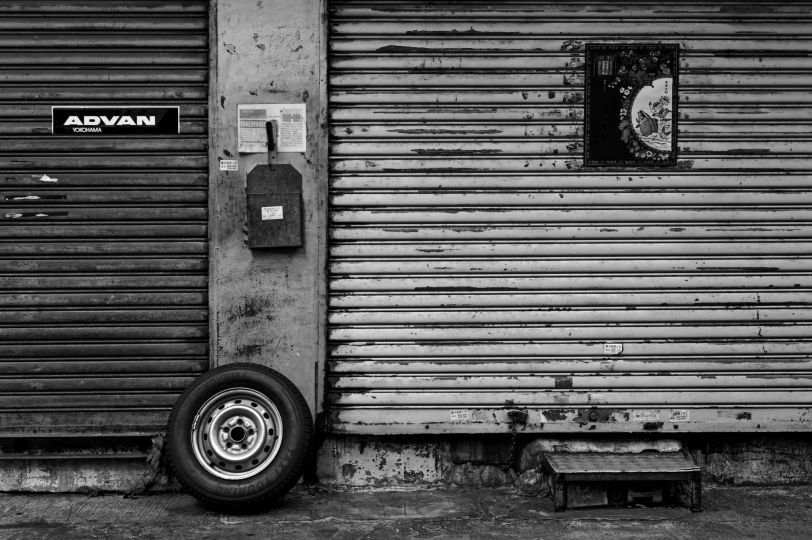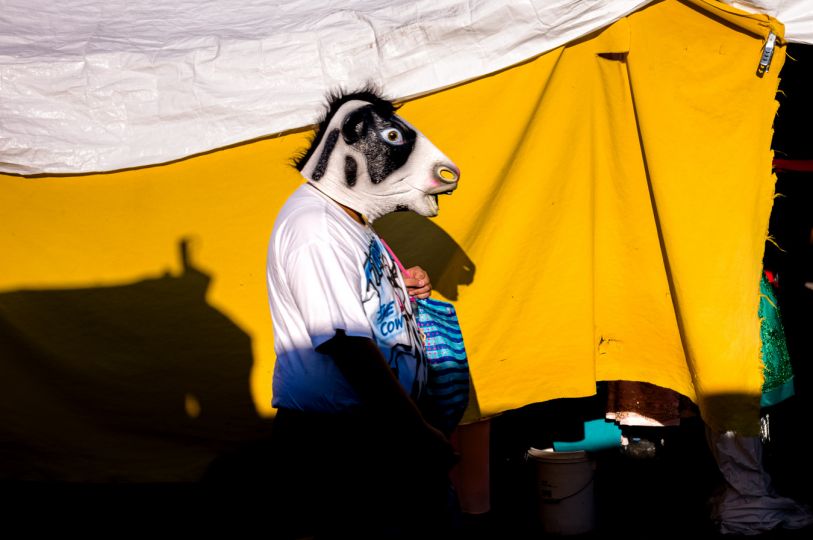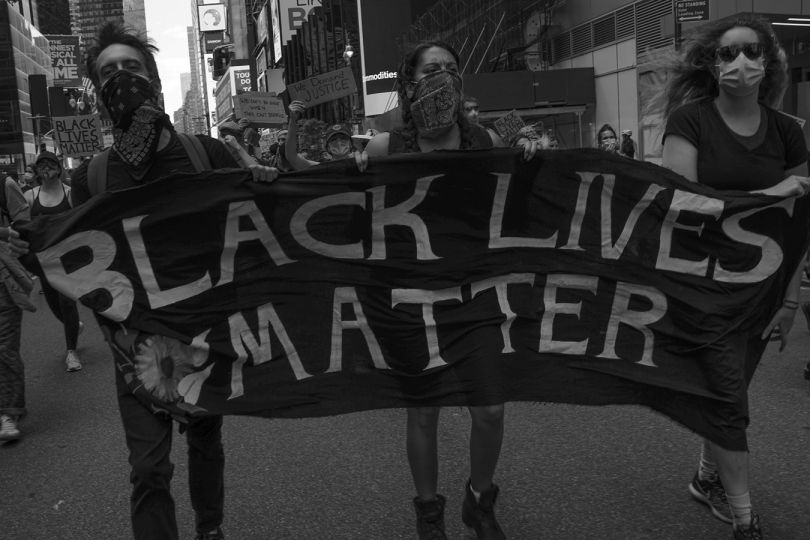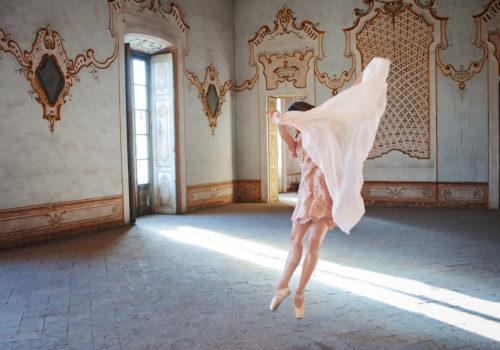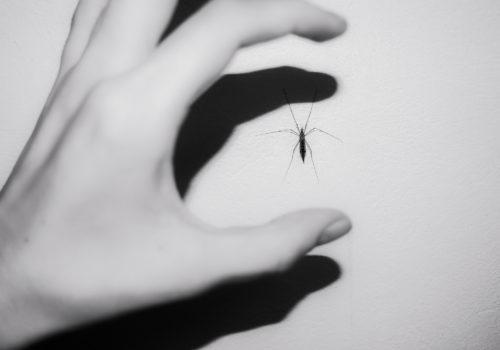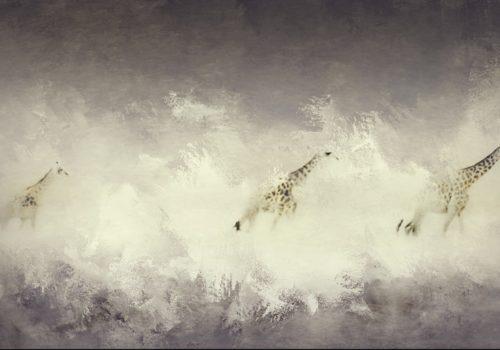The feminine ideal: she is an industry unto herself, a vision of beauty held above all, as a thing to aspire towards, or to have and to hold. She exists because we need her to be, a vision of power or submission, whatever the frame may be. She is both muse and mistress, demanding our attention in ways that go beyond the physical, infiltrating our imagination with a siren song that has come to rely heavily on Autotune. She exists, today, as a reflection of the dominant race, pale of skin, lank of hair, and svelte of shape. She is as curvy as she is allowed to be, not so much as a thing of flesh and muscle, but of the bare minimum because, you see…
Fashion sets the trends, consumers keep the pace, and what is often seen in two dimensions is made manifest in three when we pass by store windows advertising their visual glossary. Mannequins are the new public art, replacing sculptures of the goddess in the name of commerce. In a culture where money is king, the greatest art and aesthetics are that which can be purchased. And so it is the mannequin must relay our ideals and fantasies while simultaneously making them accessible, in the form of purchasing all that is covering she.
More often than not, we look without seeing. We look at what we can purchase, should we choose, but not necessarily at the setting. We don’t see the frame, nor do we see the stage, nor do we consider that we are at once actor and audience in a story that demands our participation. We don’t necessarily think of the layers of meaning upon that which we have rendered mundane, for questions go against the capitalist grain. “I shop therefore I am,” Barbara Kruger declared, and it is the mannequin that reminds us that she can be we if we so dare.
Lee Friedlander’s Mannequin (Fraenkel Gallery) is a meditation on the matrix that is the marketplace, the space where sex, fashion, and consumerism commingle in strange and mysterious ways. Over the past three years, Friedlander has walked the streets of New York City, Los Angeles, and San Francisco, taking aim at the surreal and modernist spectacle. To make the photographs for Mannequin, he returned to the hand-held, 33-mm camera that he used in the earliest decades of his career, taking note of the way in which the female ideal becomes one with the urban landscape in provocative and surprising new ways.
For Friedlander, the magic of the mannequin is to be found in the glass behind which she stands, visible yet inaccessible, like so many strangers we pass. Yet the mannequin never moves, she is always rooted in place, an object of display and repose, calling us to her with flawless physique. Yet, it is this very glass that creates a hallucinatory effect, situating the mannequin in a sea of reflections that make her at once a mystical object. As Friedlander’s eye catches the transformation of light upon glass, we see the female ideal as majestic, much like the buildings themselves. Caught on film, the mannequin is no longer a mere model for ever-changing product, but something more mythological than this: this is the goddess re-imagined in the lexicon of the urbane ideal. She is ethereal, much like a spirit or ghost, inhabiting both the space in the window and the space beyond. Her form, so carefully crafted, disintegrates. In Friedlander’s vision, no longer is the feminine ideal a thing we already know, but a new way of seeing woman and her place in—and as—the world.
Miss Rosen

